It’s hard not to fall in love with Lake Champlain, primarily for its scenic beauty and recreational opportunities. However, there are many other factors that might further your appreciation of this magnificent body of water. Let me share a few of these details, some may even help you in a future trivia game.
A "GREAT" Lake
The sixth largest body of water in the United States, Lake Champlain became one of the Great Lakes in 1998; but it only held that title for about 18 days. President Clinton signed a bill on March 6th, 1998 but that bill was rescinded on March 24, 18 days later. It appears that, having Lake Champlain become one of a “collection of lakes” did not set well with most of the residents surrounding this body of water. They felt Lake Champlain was unique and should be recognized as a “great lake” on its own.

Sail to the sea
Launch a boat into the water anywhere along this lake and you could travel to Montreal, Manhattan, or even beyond into the Atlantic — from either point. The lake lies in both the United States and Canada. The Chambly Canal connects Lake Champlain to the Richlieu and St. Lawrence Rivers to the north. The Champlain Canal connects the lake to the Hudson River to the south.
The lake itself
Lake Champlain holds the record for being the lowest point within the 6 million acre Adirondacks. It is only about 100 feet above sea level and it flows north, all 125 miles of it! It contains 587 miles of shoreline, 70-some islands, and 6.8 trillion gallons of water. The lake is approximately 12 miles at its widest and reaches a depth of 400 feet.
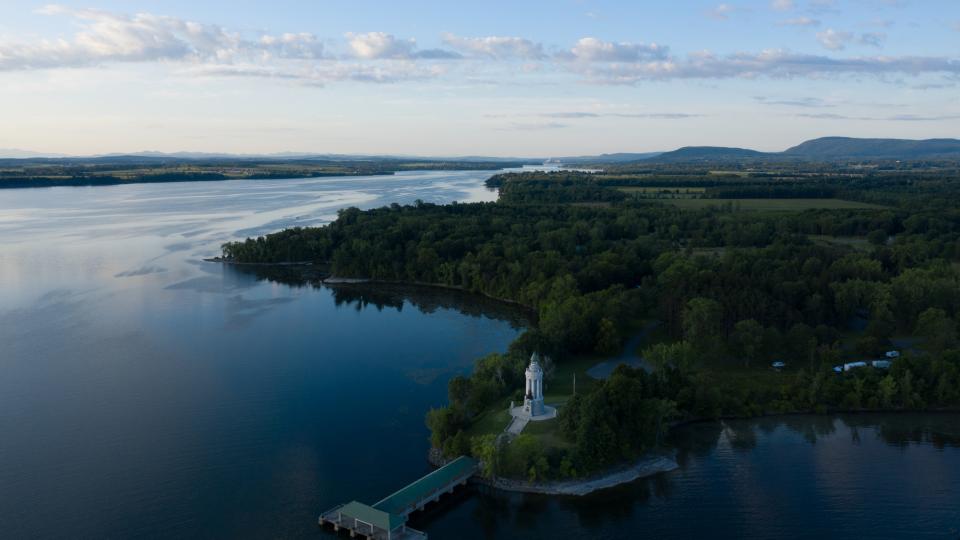
Even Lake George wants to merge with its big neighbor. At its northern end, Lake George drains into Lake Champlain via the La Chute River. The LaChute has a vertical drop equivalent to Niagara Falls, approximately 220 feet! It is no wonder the town of Ticonderoga is built around this fast moving river. Learn about Ticonderoga’s industrial development and gain an understanding of the use of water power at the Ticonderoga Heritage Museum.
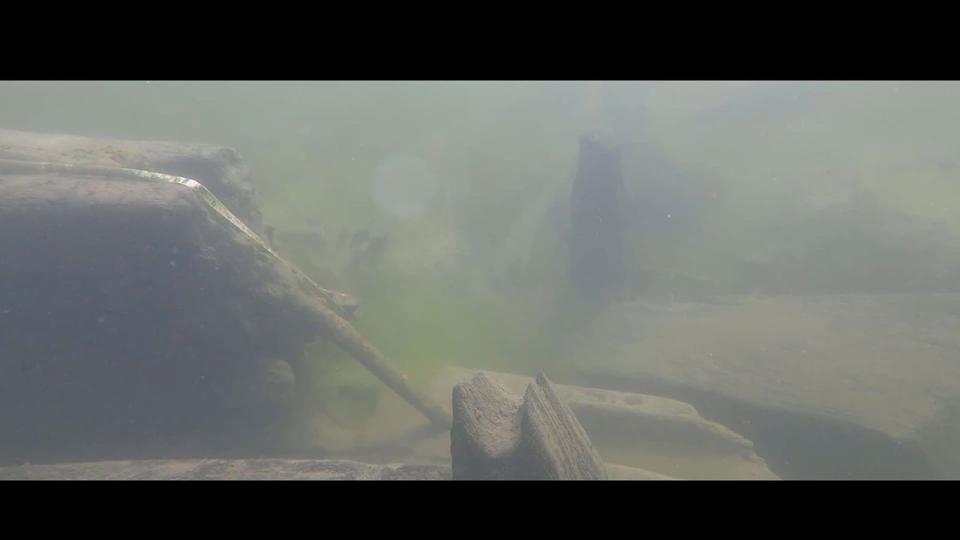
What lies beneath
The bottom of Lake Champlain is home to approximately 300 shipwrecks. Divers can explore many of these in person thanks to New York and Vermont’s Lake Champlain Historic Preserve System. Not a diver? You can see and learn about the shipwrecks at the Lake Champlain Maritime Museum. The LCMM has been studying Lake Champlain shipwrecks for more than 30 years. You can view recorded videos made with underwater cameras at their museum site, or take one of their Shipwreck Tours. An excursion boat will transport you to the site of a shipwreck. Once there, you can watch a remotely operated vehicle (ROV) which projects images directly to an onboard monitor.
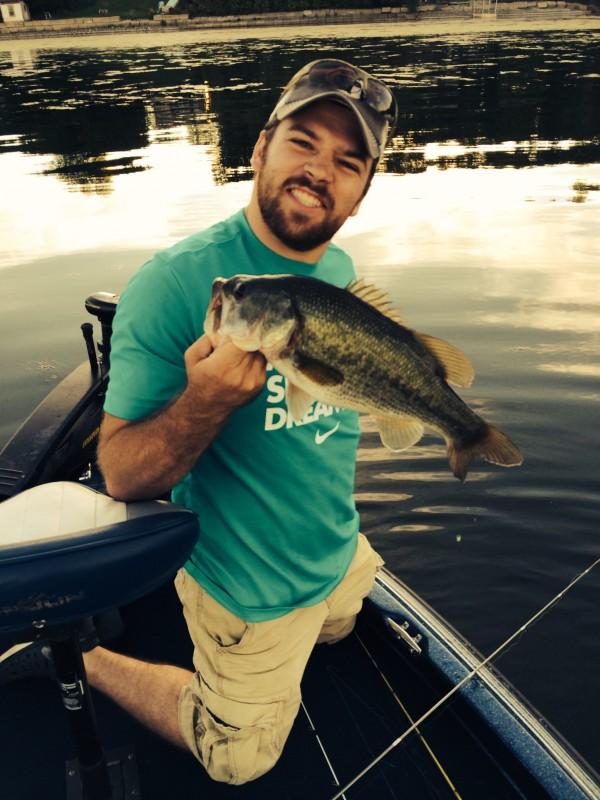
One of the best for bass
Bassmaster.com consistently ranks Lake Champlain as one of the top bass fishing Lakes in North America. In 2014, the World Fishing Network ranked Lake Champlain as one of the top seven and stated that Lake Champlain is, “Perhaps the best lake in all of North America for both quality largemouth and smallmouth bass.”
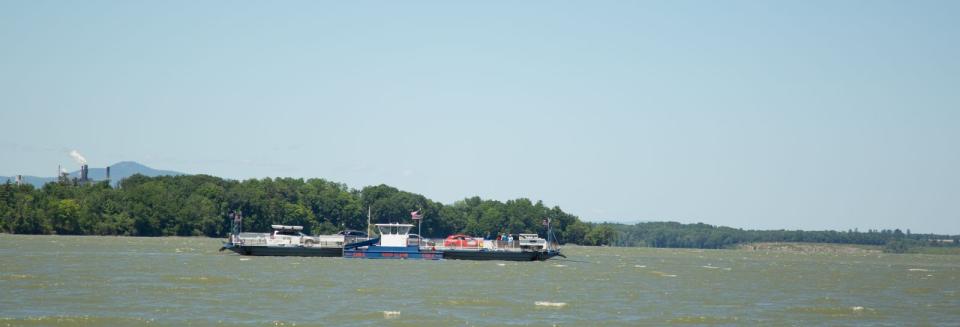
Historic crossing
For over 250 years, since 1759, a ferry has been crossing Lake Champlain at the site of the historic Ticonderoga Cable Ferry, crossing from Shoreham, Vermont to Ticonderoga, New York. This ferry operates seasonally from early May until late October. Six-minute trips run daily from 7 a.m. until 6 p.m. It is an opportunity for you to get both a historic and an “on the water” experience.
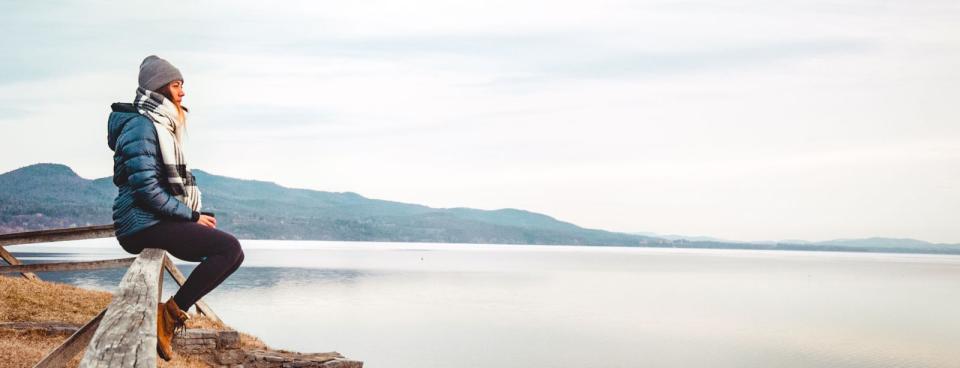
Spawning creativity
Anyone who views the lake will want to sit, relax, gaze out over that vast expanse of water, and ponder. Therefore, you can understand why the famous Adirondack chair was first designed and created in Westport in the early 1900s. The designer was Thomas Lee, a summer resident at Westport who was in need of sturdy and durable outdoor seating for his family at their summer home overlooking Lake Champlain.

Arctic city
Long before movies were ever made in Hollywood, they were being made right here on the Adirondack Coast. Arctic City was a film studio located in Port Henry. This was during the early 1900s, know as the Silent Film Era. The Perils of Pauline was a famous suspense serial and filmed at Arctic City. Lake Champlain itself often played a starring role in these movies posing as the Atlantic Ocean. Of course, this was on days when the weather obscured the view of Vermont across the water.
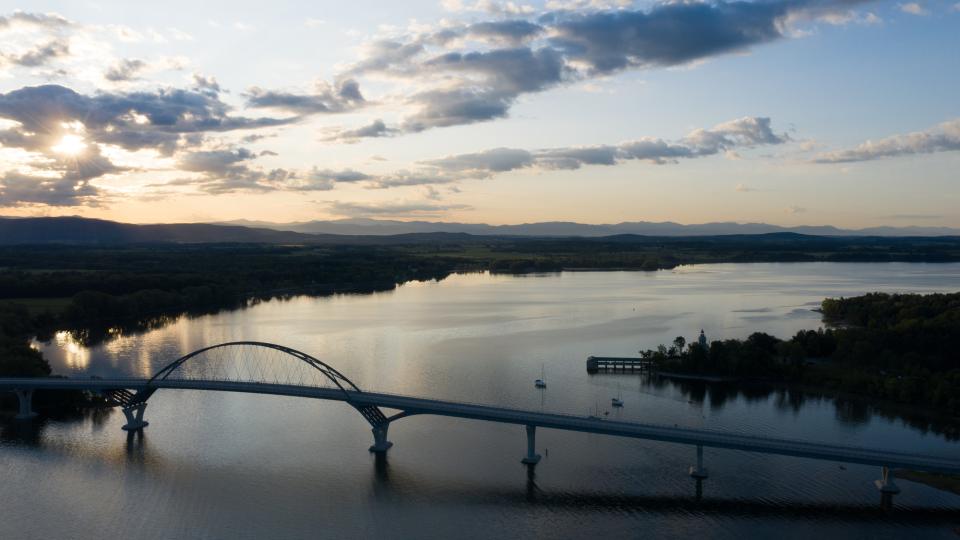
A blue highway and flyway
Even before the days that explorers and soldiers made use of Lake Champlain as a travel route, millions of birds have used this “blue highway” as their migratory path, a significant part of the Atlantic Flyway used by millions of birds annually. Today birders flock to the shores hoping for a glimpse of that rare arctic bird.
Consider a visit to learn a good deal more about this incredible lake. Our lodging and dining extend warm hospitality and Lake Champlain is waving to you.


